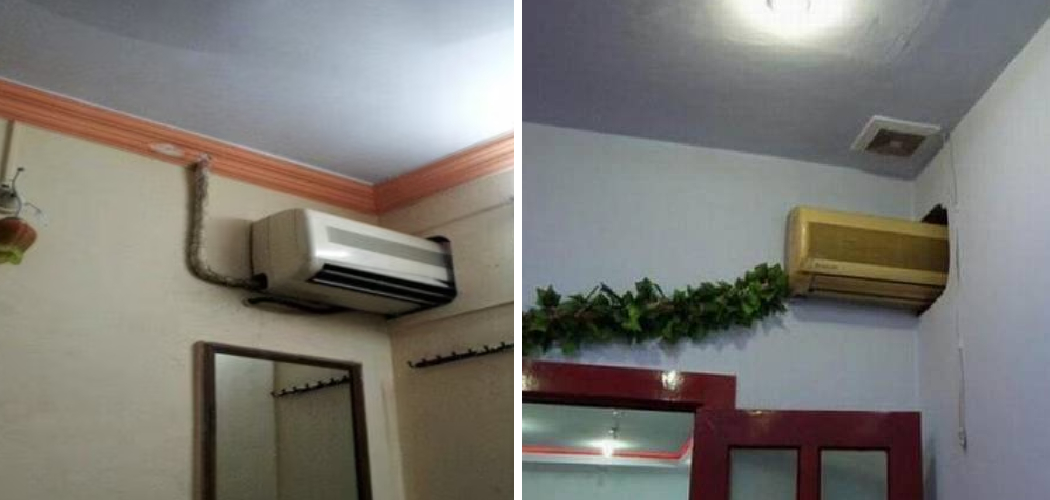Are you looking for something to keep your house cool while avoiding expensive energy costs? Do you need a practical and efficient way to control the climate in several different rooms simultaneously? Look no further!
Whether you have a single window-mounted air conditioner or a more complex central air conditioning system, it is possible to cool multiple rooms with one AC. Here are some tips on getting the most out of your air conditioning setup.
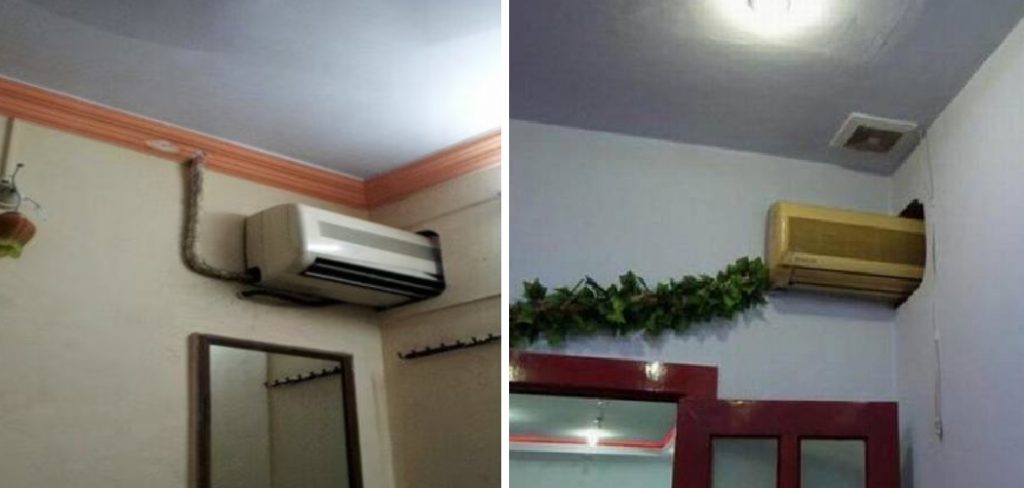
In this blog post, we’ll discuss how to cool multiple rooms with one ac, helping you beat the summer heat while keeping electricity bills low. Keep reading to discover our top tips on how best to use your air conditioning system without wasting valuable resources!
What Will You Need?
First and foremost, you’ll need an air conditioner that is powerful enough to cool the entire house. The best way to determine how much cooling power your unit needs is to calculate the home’s square footage and use this figure to select AC size. Consider installing multiple window units or a central air conditioning system if your house is particularly large.
You’ll also need to consider the location of your air conditioner. You should place it in a spot that will provide the most efficient cooling, such as near a window or door that can be opened and closed easily to let in fresh air. Additionally, add insulation around the AC unit itself if its placement is not ideal for optimal cooling.
10 Easy Steps on How to Cool Multiple Rooms With One AC
Step 1: Strategically Position Your AC Unit
The first step in effectively using one AC to cool multiple rooms is to position your air conditioner smartly. Ideally, place it in a central location within your home where it can reach as many rooms as possible, such as in a hallway or the living room. Remember, hot air rises, and cool air falls.
So, if your AC unit is installed in a window, ensure it’s at a height where the cool air can distribute evenly. If the AC unit is portable, consider placing it high on a sturdy table or shelf.
Step 2: Use Fans to Distribute Cool Air
Once you’ve positioned your AC unit strategically, the next step involves using fans to help circulate the cool air throughout your home. Even if a room is not directly within the AC’s path, a fan can help draw cool air into the room. Place fans in doorways or hallways to direct cool air flow into rooms further away from the AC.
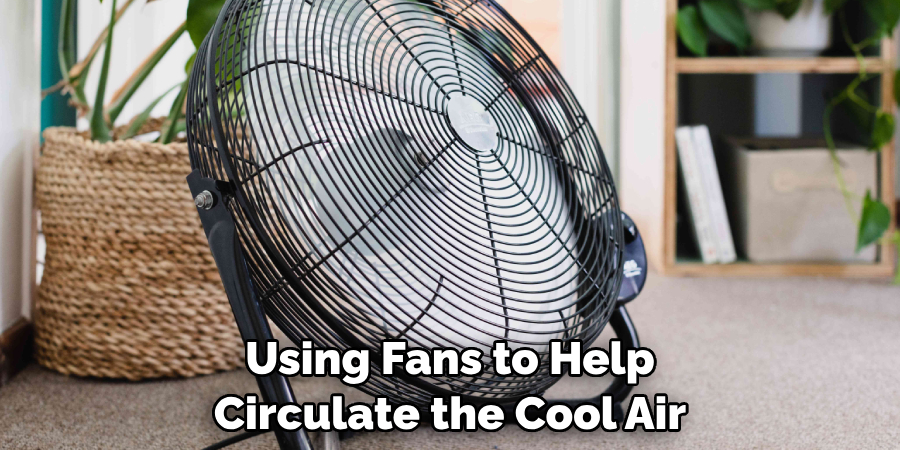
Remember that fans don’t cool air themselves, but they do move air around, which can create a wind chill effect and help to distribute the cool air produced by the AC evenly. Ceiling fans can be particularly effective for this purpose. Ensure the fan setting is adjusted to spin in a counterclockwise direction during summer months to push cool air downwards.
Step 3: Close Off Unused Spaces
To maximize the efficiency of a single AC unit, it’s essential to close off unused spaces. Shut the doors of rooms that are not frequently used, such as storage spaces, guest rooms, or any other area in the house that doesn’t require consistent cooling.
By doing so, you can prevent the cool air from dissipating into these spaces, effectively directing more of it into the areas of your house where it’s most needed.
Step 4: Keep Your House Well Ventilated
It’s also important to keep your house well-ventilated. Remember, air conditioning is designed to help regulate the temperature inside a home – not replace natural airflow. This is why you should open windows and doorways when possible; this will allow fresh air in and help you take advantage of breezes that can cool the home naturally.
Consider installing a whole-house fan if you’re looking for an even more energy-efficient solution. This type of fan uses minimal electricity and helps circulate cooler air throughout your home while drawing in warm air from outside.
Step 5: Don’t Block Vents or Registers
Finally, when trying to cool multiple rooms with one AC, ensure you don’t block any air supply vents or registers. Blocking these will prevent your air conditioner from working at full capacity, lowering its efficiency and effectiveness. Leave a few feet of space around all vents so the cooler air can reach every room without obstruction.
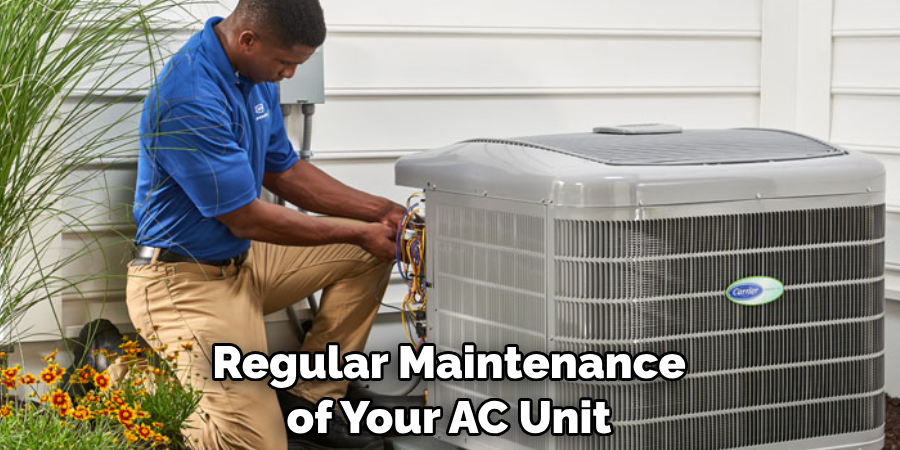
Step 6: Maintain Your AC Unit Regularly
Regular maintenance of your AC unit is crucial to its performance and longevity. This involves regularly cleaning or replacing the air filters, usually every one to three months, depending on use and air quality.
A clogged or dirty filter can make your air conditioner work harder, reducing its efficiency and ability to cool multiple rooms effectively. In addition, ensure your AC unit is free of dust and debris both inside and outside.
Step 7: Use Curtains and Blinds to Your Advantage
Sunlight streaming in through windows can significantly heat up your rooms, counteracting the cooling effect of the AC. To prevent this, use curtains, blinds, or shades during the peak sunlight hours of the day. Opt for light-colored window treatments that reflect the heat back outside, keeping your rooms cooler.
For the best effect, consider investing in thermal or blackout curtains that are designed to insulate your rooms against both heat in summer and cold in winter. This reduces the workload of your AC, making it easier for it to cool multiple rooms effectively.
Step 8: Optimize Your Home’s Insulation
Proper insulation can significantly boost your AC’s ability to cool multiple rooms. Good insulation keeps the cool air inside your home and prevents it from escaping, thereby making temperature regulation more effective. Check if your home’s walls, floors, and especially the attic are well-insulated.
If not, consider adding more insulation. Also, seal any cracks or gaps in doors and windows where cool air might escape. Weatherstripping, caulking, or draft stoppers can be quite effective in sealing these air leaks.

Step 9: Use Zone-Based Temperature Control
Using zone-based temperature control is another great way to make your AC more effective in cooling multiple rooms. This involves using smart thermostats and dampers in your home’s ventilation system to regulate temperatures separately for each room or area.
This helps you create a tailored cooling solution based on individual needs, which can be adjusted accordingly when the occupants of each zone change. Zone-based temperature control can be handy for larger homes or buildings where installing multiple AC units may not be feasible.
Step 10: Upgrade Your AC Unit
Finally, if your current AC unit needs to be more up to cooling multiple rooms, it may be time to upgrade. Consider investing in an AC unit with a higher BTU (British Thermal Unit). The higher the BTU of an AC unit, the more powerful it is and better equipped to cool multiple rooms.
Additionally, opt for energy-efficient models as they help reduce electricity bills while providing reliable performance. With a few simple steps, you can ensure that one AC is enough to keep all the rooms in your home comfortable and cool.
By following these steps, you can be sure that no matter how large or small your house is, one AC unit should be enough to keep it cool and comfortable throughout the year.
5 Additional Tips and Tricks
- To make your AC unit even more efficient, consider adding a programmable thermostat. This thermostat can be programmed to adjust temperatures automatically based on the time of day or week. This helps ensure that no energy is wasted cooling spaces unnecessarily when they are unoccupied.
- Remember to clean your AC unit periodically, as dust and dirt can reduce the efficiency of your AC. Regular cleaning will help keep your unit performing at peak levels.
- To further maximize air flow, install ceiling fans in each room to help circulate cool air more effectively throughout the house.
- Shade plants or trees around your home, as this can significantly reduce the heat entering through windows.
- During sweltering days, use an energy-efficient dehumidifier to reduce the amount of moisture in the air and help cool the rooms more quickly.
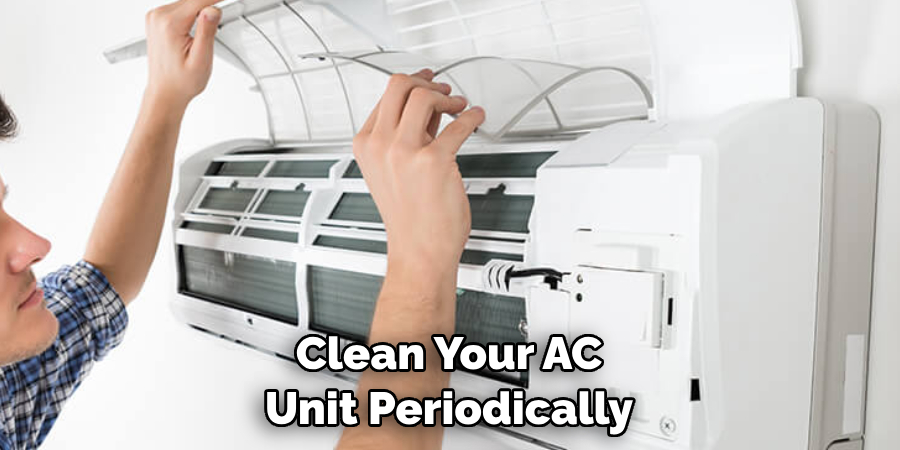
By following these simple tips and tricks, you can be sure that your AC unit works as efficiently as possible when cooling multiple rooms with one AC.
Conclusion
To wrap up, while cooling multiple rooms with one AC unit may seem daunting, there are simple steps anyone can take to ensure they are getting the most out of their unit. Knowing the zone system, what settings work best for each room.
Using appliances and curtains to minimize airflow, and regularly changing the filters are all invaluable tools for maximizing energy efficiency and comfort in multiple areas of your home.
These tactics will lower your electricity bill and safeguard your health and let you sit back and truly enjoy those balmy summer days. So get ready for some restful R&R—your AC is ready and waiting!
Hopefully, this guide has helped to give you a better understanding of how to cool multiple rooms with one AC. If you have any further questions or need advice, don’t hesitate to contact your local HVAC specialist for help.
